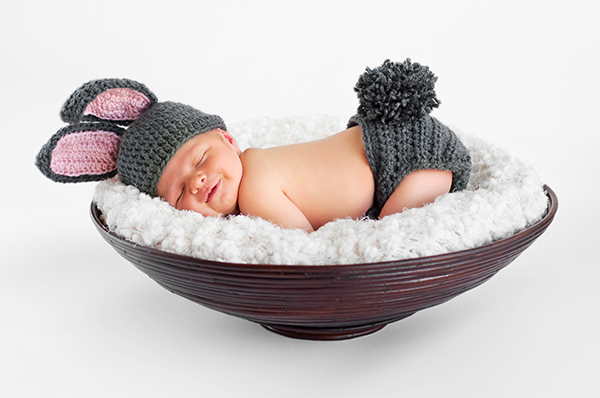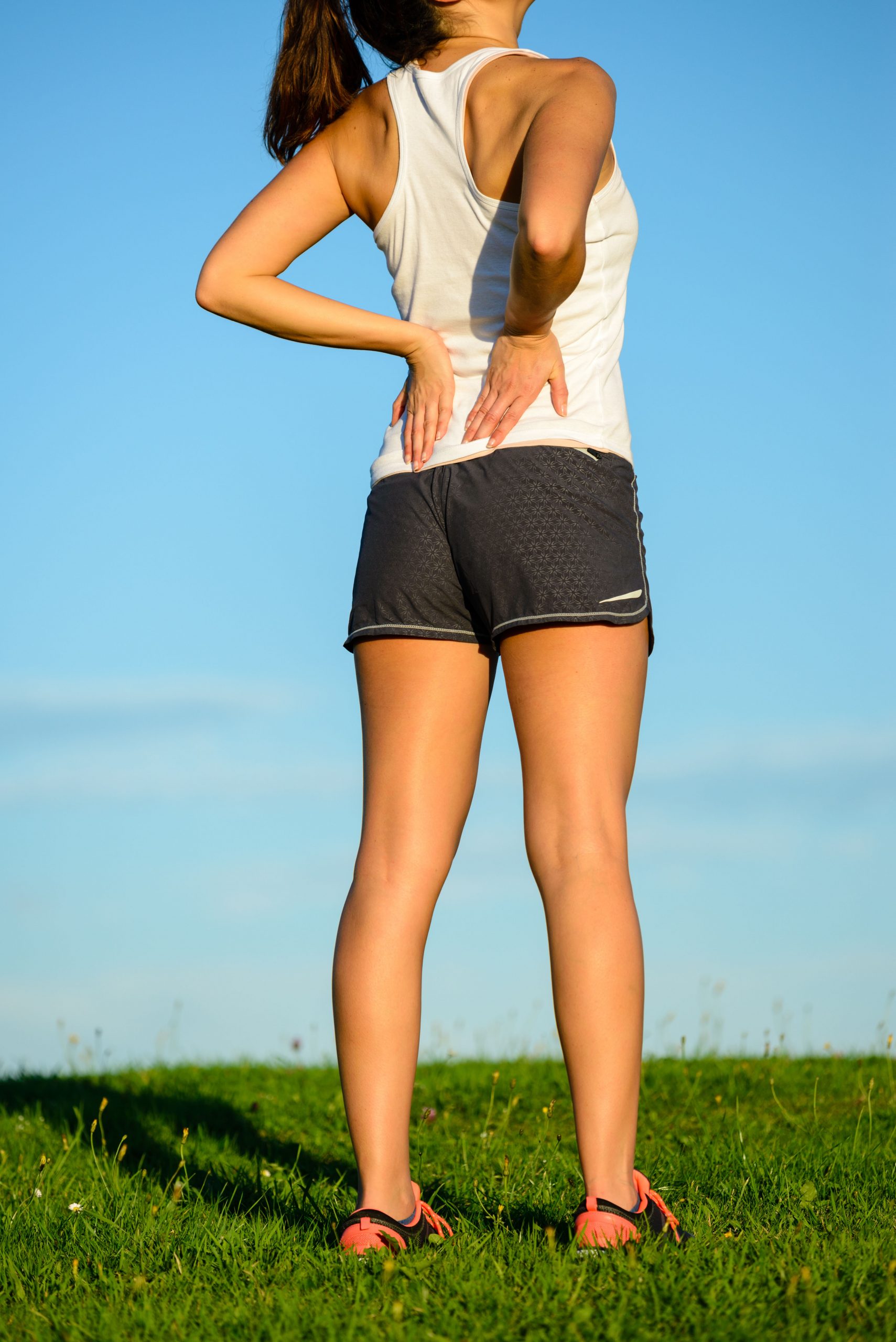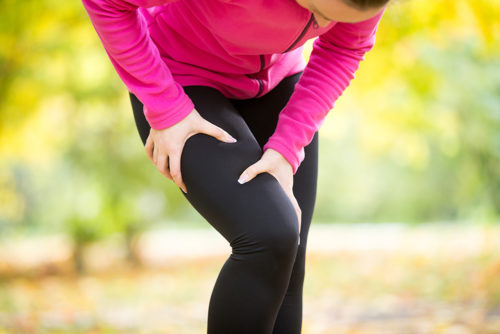I’ve been thinking about pregnancy lately. Maybe it’s because Mother’s Day was last month, my amazing wife gave birth to our son this past February, and I have a few friends and relatives who just had kids or are currently pregnant. I have not had any direct, personal experience of pregnancy or birth and so I don’t consider myself an expert by any means. But I do have experience as a husband, father, and physical therapist helping people deal with pain during and after pregnancy. As any mother knows, pregnancy, birth, and motherhood do not come without some degree of challenge and pain. Thankfully, there are ways of coping with and many times improving these pains through physical therapy.

The human body is amazingly adaptable to be able to grow, carry, and deliver a baby. Many changes occur during pregnancy, birth, and then after. The added weight to the belly changes a woman’s center of mass and may pull differently on her low back and hips. Swelling in hands can cause conditions such as carpal tunnel syndrome. Near the end of the first trimester, the hormone aptly named “relaxin” starts circulating making ligaments slightly looser, in preparation for ligaments and joints in the pelvis to stretch slightly during labor. This is thought to contribute to various joint pains.
When my wife was pregnant with our first child, she had pain in her low back and deep in the back of her hip which made walking painful. Thankfully, a specific manual technique that I had just learned in PT school at that time was super effective and took away her pain with walking entirely!

I do want to be clear that in the short term just after delivery and after clearance from a medical provider, it is most appropriate for women to see a women’s health specialist include pelvic floor rehabilitation, regardless of the type of delivery or complications. At WWSPT, we often see women (and spouses!) who have developed pain related to lifestyle changes and weakness after pregnancy and birth which we can address whether you are 6 months or 16 years out.
Some mothers have pain during pregnancy or after giving birth which never fully resolves on its own. I treated one mother for knee pain who told me that her “whole left side felt off” ever since she had her son 2 years before. We discussed when she experienced her pain and it appeared that her pain was exacerbated by repetitive bending to pick up her son and possibly related to always carrying him on one side of her body. She used to exercise, but naturally, since giving birth she had been sitting more and bending over more frequently. She was referred to me for knee pain because her knee felt weak and painful with these bending motions, but a thorough movement examination revealed that her pain was actually coming primarily from her lower back. She responded well to specific exercises for her lumbar spine and we also worked on proper bending and lifting form, especially the use of a hip hinge, in conjunction with strengthening her legs and core so that she could lift and carry her two years old son without any pain. Anyone who has lifted a pudgy two-year-old out of a crib knows that this movement takes some strength!

There is one condition where some of the abdominal muscles (your “abs”) separate a little bit from the expanding belly. This is called “diastasis recti abdominis” and it affects around 60% of women after birth (an example of one study here)[1]. This condition can coincide with pelvic or low back problems or maybe more of aesthetic concern for some women. The recovery from a C-section may also affect the strength of the core muscles. I have heard a few mothers who I have treated for low back pain tell me that they aren’t allowed to do core exercise because they had diastasis recti or a C-section. I would like to dispel this myth. While there may be short term precautions to take as you recover, core exercise is actually what is needed to improve the strength of the 4 layers of core muscles you have. A physical therapist can help you safely exercise these muscles and progressively strengthen them without injuring yourself.
What about partners? I have treated fathers who, despite not physically carrying their child for 9 months or actually giving birth, happened to put on a lot of weight and become less physically active once they had kids. This is completely understandable. Suddenly, your sleeping and eating schedules change and you are busy learning how to keep your children alive and well. I often hear mothers and spouses say that they “used to exercise but haven’t really exercised since having kids” and I can personally relate to this. Often, a lack of exercise is part of the problem, and finding specific exercises to address strength and mobility issues is part of the solution.
Pain during or after pregnancy is common and there is something that can be done about it. Just as the body adapts for pregnancy and the demands of labor and subsequently taking care of a child, the body can make changes so that you can do more and avoid being in pain. Whether you are dealing with hip or back pain during pregnancy or just trying to pick up your son without knee pain, there is a lot a physical therapist can do to help you move better with less pain.
[1] Sperstad JB, Tennfjord MK, Hilde G, et alDiastasis recti abdominis during pregnancy and 12 months after childbirth: prevalence, risk factors, and report of lumbopelvic pain British Journal of Sports Medicine 2016;50:1092-1096.

Leave a Reply